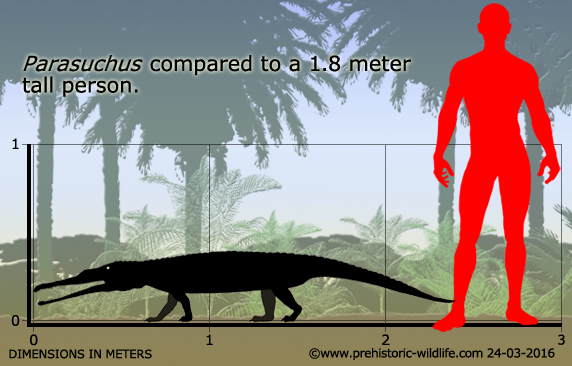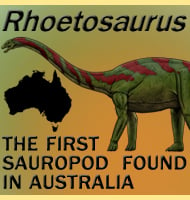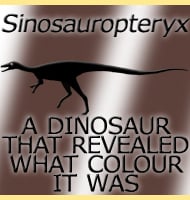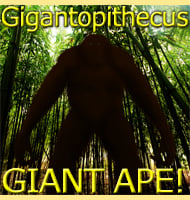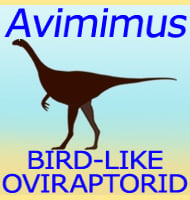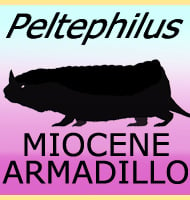In Depth
The early days of the formal classification of the phytosaur Parasuchus are a little muddy to say the least. The original description of the genus later turned out to be a ‘chimera’, meaning that the remains described were of two different animals described as one, in this case a phytosaur and a rhynchosaur. When the German palaeontologist Freidrich von Huene discovered that the braincase of the remains belonged to a rhynchosaur genus named Paradapedon (itself now a synonym to Hyperodapedon), study of Parasuchus began to be clearer, especially with the advent of new Parasuchus individuals later in the twentieth century. On a quick side note, the name Parasuchus actually first appeared in print in 1870 in a list written by Thomas Huxley, but because there was no formal description for what it was, Richard Lydekker was still able to use the name in 1885.
Parasuchus is now known by much more complete skeletal remains, and these indicated that Parasuchus was a particularly primitive genus in terms of physical development. The known temporal range of the genus in the late Triassic however indicates that Parasuchus was also a late surviving form since other more advanced genera of phytosaurs are known to have been living at the same time as this genus.
The phytosaurs were analogous to today’s crocodiles in their ecological niche, though technically they are not related to them. Because they are always found in what were semi-aquatic environments, phytosaurs like Parasuchus are expected to have been predators lurking in the water of river systems and lakes, occasionally basking on the edges. The description of the protosaur genus Malerisaurus was born out of the discovery of two almost complete individuals that were believed to have been the stomach contents of two Parasuchus. This has indicated that Parasuchus included more advanced vertebrates into its diet and not just fish.
Further Reading
- Maleri and Denwa Reptilia and Amphibia - Palaeontology Indica 1: 1–38. - Richard Lydekker - 1885. - A primitive parasuchid (phytosaur) reptile from the Upper Triassic Maleri Formation of India - Palaeontology 21 (1): 83–127. - Sankar Chatterjee - 1978. - Malerisaurus, A New Eosuchian Reptile from the Late Triassic of India - Philosophical Transactions of the Royal Society of London, Series B 291: 163–200. - Sankar Chatterjee - 1980. - The Early Evolution of Archosaurs: Relationships and the Origin of Major Clades - Bulletin of the American Museum of Natural History 352: 1–292. - Sterling J. Nesbitt - 2011. – Relationships of the Indian phytosaur Parasuchus hislopi Lydekker, 1885. – Papers in Palaeontology. 2 (1): 1–23. – Christian F. Kammerer, Richard J. Butler, Saswati Bandyopadhyay & Michelle R. Stocker – 2016.
